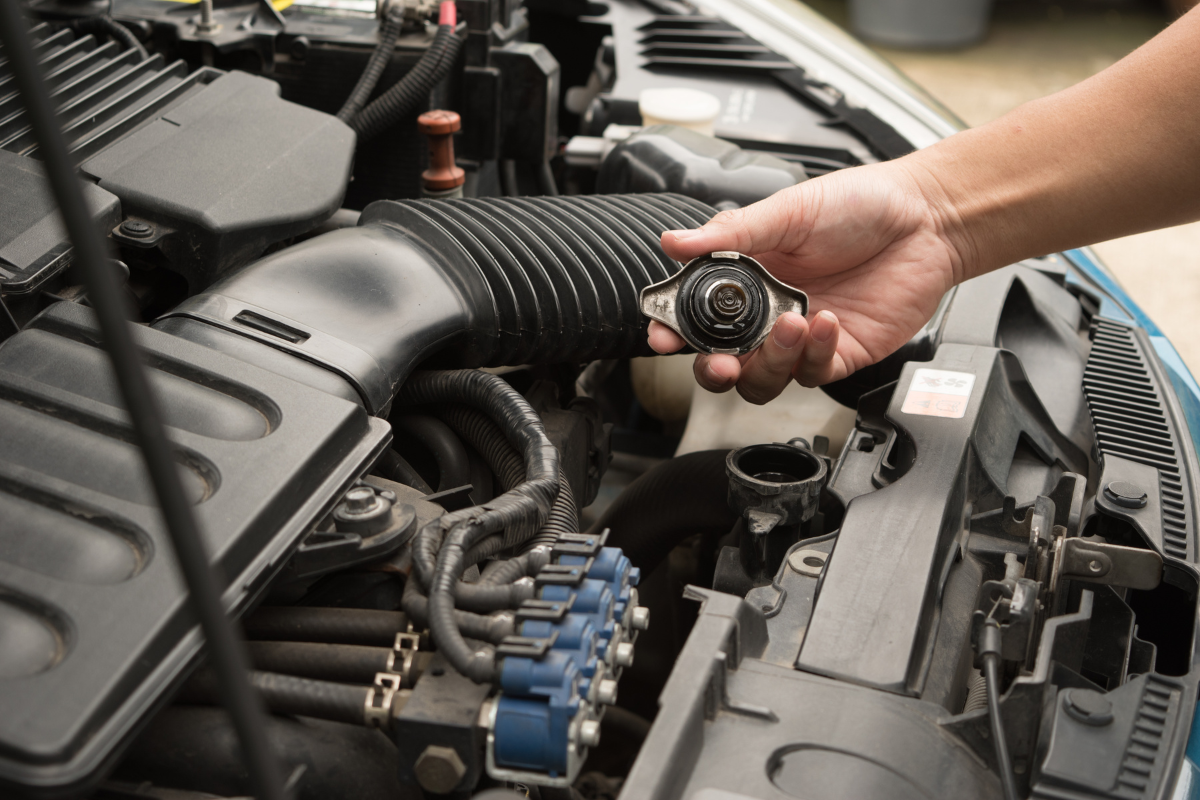Coolant Check Tips: How to Prevent Your Car from Overheating

(Photo credit: Partsmax)
The radiator is the heart of your car’s cooling system—don’t let it fail without warning!
The radiator plays a crucial role in regulating engine temperature. If neglected, your engine may overheat, potentially leading to severe damage, especially during hot weather or long-distance driving. Knowing how to take care of the radiator is essential for all drivers, especially beginners.
What is a radiator and what does it do?
A radiator is a component that cools the engine by transferring heat from the coolant circulating inside. It releases this heat through cooling fins exposed to airflow.
If something goes wrong—like the coolant drying up, clogging, or leaking—it can cause the engine temperature to spike, possibly leading to engine knock or a warped cylinder head.
How to check your radiator by yourself
1. Check the coolant level in the reservoir (do not open the radiator cap directly)
- Wait for the engine to cool down first (this is very important!)
- Look at the coolant level in the overflow tank/reservoir and ensure it’s between the MIN and MAX marks.
- If it’s below MIN, top it up with coolant—or at least clean water—as a temporary measure.
Never open the radiator cap while the engine is hot! Steam under pressure can shoot out and cause serious injury.
2. Observe the coolant color
- If the coolant is clear or colored green/blue/pink (depending on type), it’s in good condition.
- If it appears rusty or contains sludge, there may be buildup—flush the radiator soon.
3. Check for coolant leaks under the car
If you notice water dripping under the radiator or engine bay after parking, it could be a sign of a leak. Take the car to a service center promptly to avoid more serious damage.
Warning signs of radiator trouble
- Temperature warning light on the dashboard
- Temperature gauge reading unusually high
- Steam coming from under the hood
- Engine stalls or behaves abnormally
- Coolant level drops faster than usual
If you notice any of these signs, stop the car immediately and wait for the engine to cool before inspecting.
Tips for keeping your radiator in top shape
- Use proper coolant instead of plain water—it prevents rust and controls temperature better.
- Change the coolant as recommended by the manufacturer (e.g., every 40,000 km or once a year).
- Flush the radiator regularly to prevent sediment buildup.
- Check the radiator cap to ensure it’s sealed properly—not swollen or worn.
- Inspect radiator hoses often for cracks or brittleness.
Radiators are often overlooked, but ignoring them can lead to expensive repairs. Just by checking regularly and being alert to minor issues, you can protect your car from overheating and keep it running smoothly!
Claim your free car valuation today!
Read More: Top Tire Brands for 2025: Find the Best Fit for Your Car
Looking for a car appraisal? You can contact us for a free car valuation within 24 hours…
